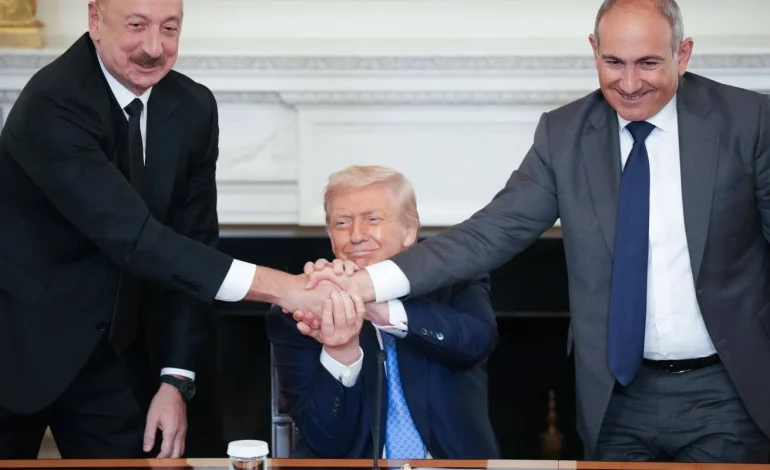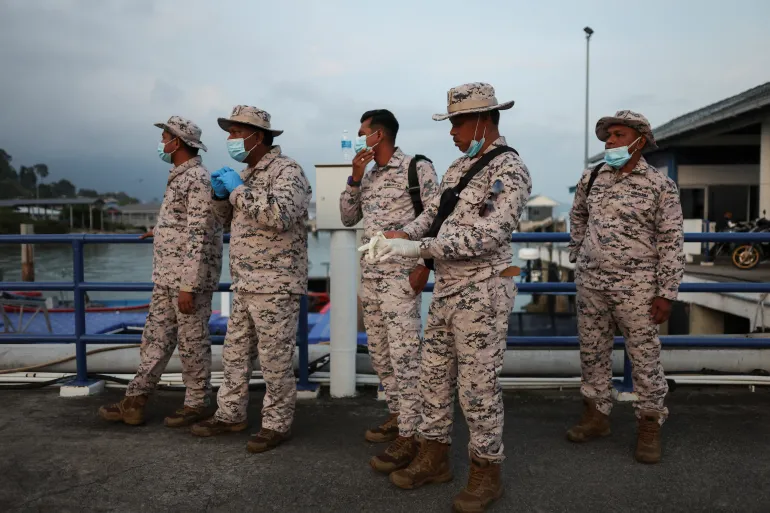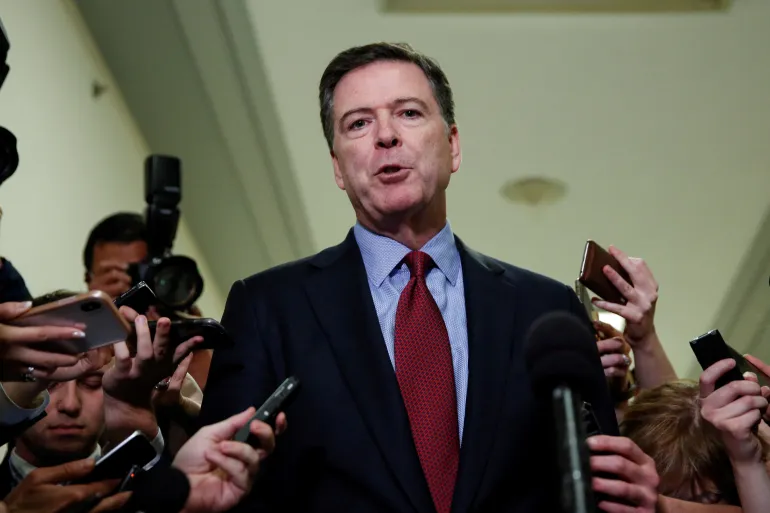ANALYSIS: Armenia Signs Off on Azeri Corridor — But What Comes Next?

In a move that could reshape the fragile South Caucasus peace process, Armenia has accepted Azerbaijan’s long-standing demand for a land corridor linking its Nakhichevan exclave to the rest of the country.
Azeri Prime Minister Ali Asadov announced Tuesday that the breakthrough came during August 8 talks in Washington, where President Ilham Aliyev, Armenian Prime Minister Nikol Pashinian, and US President Donald Trump struck a deal.
“Despite all the difficulties, disagreements and different positions, this demand of the head of state has also been accepted by the Armenian side,” Asadov told an extraordinary cabinet meeting in Baku.
The corridor — officially branded the Trump Route for International Peace and Prosperity (TRIPP) — would run through Armenia’s Syunik province, long a geopolitical flashpoint. Pashinian insists it won’t strip Armenia of sovereignty, but critics at home fear the deal hands Baku exactly what it’s wanted since the 2020 war: an extraterritorial passage beyond Armenian control.
A joint Aliyev–Pashinian declaration only nods vaguely at the TRIPP. Meanwhile, a US–Armenia memorandum, reportedly giving Washington exclusive rights to the transit route under a long-term lease, remains under wraps.
For Aliyev, it’s a triumph. He has repeatedly said Azerbaijanis traveling to Nakhichevan “should not see the faces of Armenian border guards.” Whether that vision aligns with what Pashinian agreed to in DC is still murky.
The corridor deal comes as Armenia’s economy is reeling. Trade turnover plunged 41% in the first seven months of 2025 compared to last year, exports collapsed nearly 50%, and imports dropped 36%, according to official stats. The one bright spot? Construction, which surged 20%.
At home, Pashinian faces backlash not just for the economic downturn, but now for a corridor arrangement many Armenians fear compromises national security. Opposition leaders are pressing him to release details of the US memorandum. So far, he hasn’t.
The Zangezur corridor isn’t just about maps and trade routes. It’s also about decades of broken trust.
After 30 years of war and blockade, Armenians and Azerbaijanis barely know each other anymore. In Yerevan, misconceptions about daily life in Baku still flourish — even down to whether Azerbaijanis drink alcohol. Yet just across the border in Georgia, Armenians and Azerbaijanis live side by side, sharing markets, schools, and sometimes even families.
Journalist Onnik James Krikorian, who has covered the conflict since the 1990s, argues that real peace can’t just be signed in Washington or Brussels. It has to grow in border villages, classrooms, and markets where people relearn how to live as neighbors, not enemies.
“Communication is not betrayal,” the late Armenian peace activist Georgi Vanyan once said. “It is a natural human need.”









The latest news in your social feeds
Subscribe to our social media platforms to stay tuned